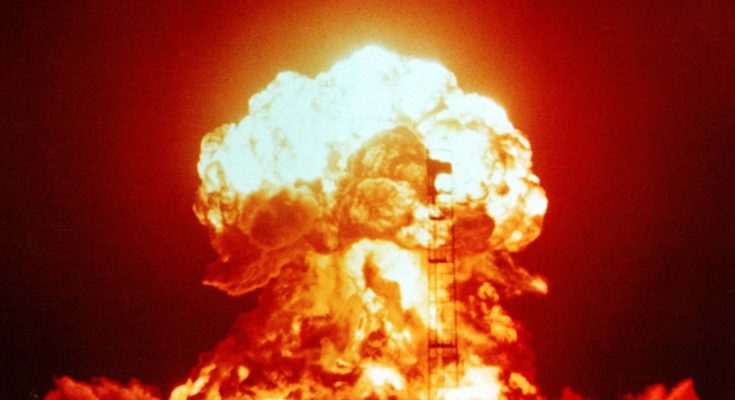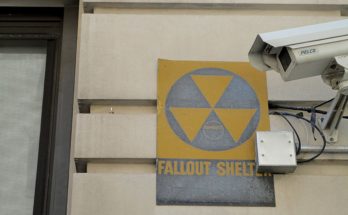Over the past year or so, talk of nuclear war has become more relevant than at any time since the Cold War thanks to threats from North Korea. This also means that we no longer understand basic terms relating to nuclear weapons and warfare like we once had. Even among preppers & survivalists, there is considerable misunderstandings about the topic. This post will attempt to clarify some of these basic terms and concepts:
- Atomic Bombs vs Hydrogen Bombs – The first nuclear weapons developed by the United States during WWII were known as atomic bombs, aka “a-bombs” or fission bombs. These simple nuclear weapons use conventional explosives to compress nuclear material, usually uranium or plutonium, to a critical point where the large atoms split in two, releasing a tremendous amount of energy. As nuclear weapons design advanced, the hydrogen bomb, aka “h-bomb” or fusion bomb, was developed. The hydrogen bomb uses the energy from a traditional atomic bomb to create high pressures that force hydrogen atoms contained within the h-bomb to fuse together. This fusion replicates the same process that occurs in the center of the Sun and releases extreme amounts of destructive energy.
- Kilotons and Megatons – The energy yield of a nuclear weapon’s detonation is measured by equating it to how many tons of the more traditional explosive known as TNT it would take to create an equally sized explosion. A kilo means 1,000 and a mega means 1,000,000 in the metric system, so a kiloton means 1,000 tons and a megaton means 1,000,000 tons. North Korea’s hydrogen bomb test on 09/03/2017 was estimated to yield the same explosive power as 250 kilotons (250,000 tons) of TNT according to 38North, click here for the story. Comparatively, a modern W88 nuclear warhead used by the United States has an explosive yield equivalent to approximately 475 kilotons (475,000 tons) of TNT.
- ICBM, SLBM, & Bombs – Nuclear weapons delivery systems are classified into three major groups, which are the foundation of what is known as the “nuclear triad.” The nuclear triad is based on the ability to deliver nuclear weapons via land, sea, and air. The major land component of the triad is the Intercontinental Ballistic Missile (ICBM). The ICBM is launched from a land based missile silo, train, or vehicle. Once launched, ICBMs fly into space and re-enter the earth’s atmosphere only as they approach their intended target. The Minuteman ICBMs currently used by the United States has a range of over 8,000 miles and has a max speed of over 17,000 mph. The major sea component of the triad is the Submarine Launched Ballistic Missile (SLBM). The SLBM is very similar to the ICBM, but can be launched from an underwater submarine, making their deployment harder to detect. The Trident SLBMs used by the United States are currently carried by a fleet of Ohio Class Submarines to undisclosed locations around the globe. Finally, the air component of the nuclear triad are more traditional gravity bombs or cruise missiles. The B2 and B52 bombers currently used by the United States could deploy these more traditional nuclear bombs to any point on earth and, like submarines, offer greater detection evasion and resiliency to a first or counter strike by enemy bombing because their diversity in location around the globe.
- Multiple Independently Targetable Reentry Vehicle – One important feature of any ICBM or SLBM is the Multiple Independently Targetable Reentry Vehicle (MIRV), which allows a single missile to carry multiple nuclear weapons that can all target different locations on the ground. This increases the amount of damage on the ground as well as makes missile defenses less effective, since multiple targets would need to be intercepted in order to stop an attack. Both the Minuteman ICBM and the Trident SLBM used by the United States employ MIRV technology, as do the missiles of many other nations, including Russia and China.
May we never need to understand these terms and concepts in time of war. However, understanding the nature of nuclear technological advances and capabilities of the enemy is key to a prepper’s ability to maintain situational awareness.


